A Routine Flight Turns Fatal
On the morning of February 25, 2010, a Hawker Beechcraft C23, tail number N180ED, lined up for departure at Winter Haven’s Gilbert Airport (GIF) in central Florida. The weather was perfect for flying—clear skies, light winds, and good visibility. The pilot, a 45-year-old private pilot with 469 total hours of flight experience, had flown sporadically over the years, with only about 6 hours in the accident airplane type. He held a private pilot certificate with single-engine land privileges and a current second-class medical certificate.
By all accounts, this was supposed to be a quick hop from Winter Haven to Lakeland Linder Regional Airport (LAL), just a short flight away. But within two minutes of takeoff, that short trip ended in disaster.
The Takeoff and Sudden Silence
Witnesses described the C23 climbing out normally at first, holding about 150 feet above ground in a clean Vy climb. Then, without warning, the Lycoming O-360 engine went silent—no sputter, no smoke, just a sudden stop. To one witness, it sounded as if someone had yanked the mixture to idle cutoff.
The pilot lowered the nose slightly, trying to maintain airspeed, but the airplane was still low and slow. With the stall horn silent but the speed bleeding off, the C23 entered a right bank of nearly 30 degrees. From the ground, witnesses knew instantly what was happening: too low, too slow, and out of options. Seconds later, the Beech impacted the ground in a ditch alongside Highway 92, killing both the pilot and passenger.
A Closer Look at the Pilot’s Experience
The pilot’s logbook told an important story. He had earned his private pilot certificate back in 2000 and had accumulated 468.9 hours total by early 2010. But the gaps were significant—between 2003 and 2008, he didn’t log a single flight. In the accident airplane, a Beech C23, he logged only 5.7 hours across five flights, all in December 2009.
Notably, there was no instructor sign-off for a checkout in the C23, even though the operator, Tailwheels ETC, typically required one. The lack of structured transition training in the aircraft type meant the pilot may not have been fully familiar with its systems, including the tricky fuel selector.
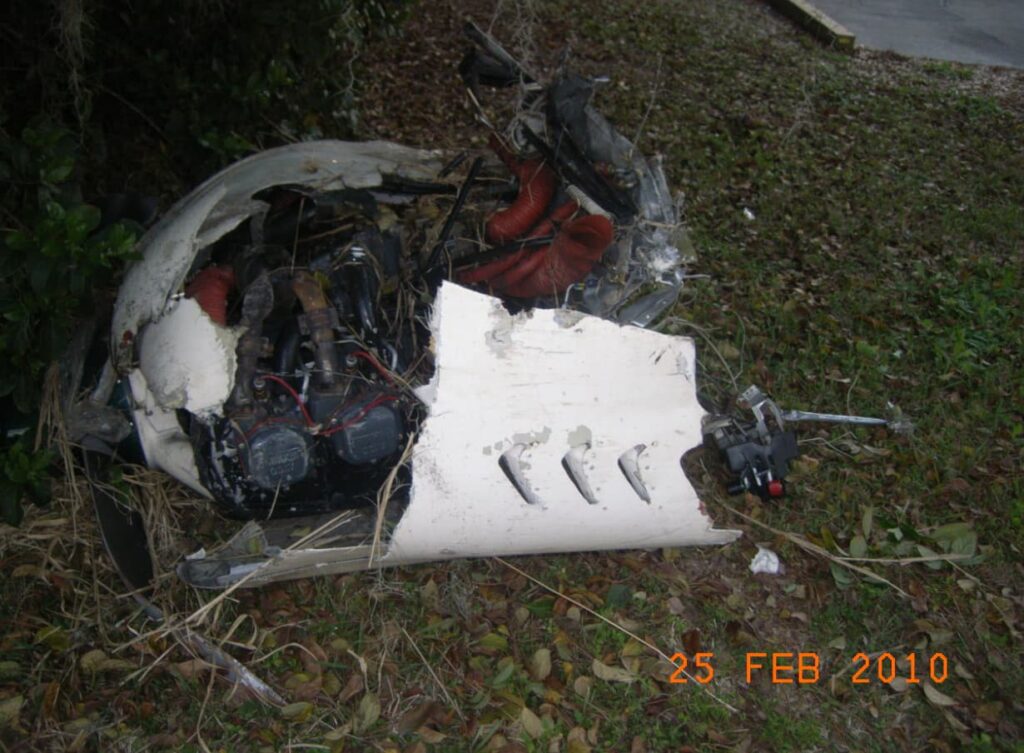
The Wreckage Tells the Tale
Investigators found the airplane heavily fragmented but largely intact. The ignition switch was in the “Both” position, the mixture near full rich, and the carb heat cold. But one detail stood out: the short end of the fuel selector handle, which pointed to the selected tank, was squarely in the “Off” range.
In that position, no fuel could flow to the engine. When tested after the crash, the selector confirmed it blocked fuel in the as-found position. The NTSB concluded that the engine had quit not because of a mechanical failure, but because the fuel selector had been set to Off at takeoff.
Maintenance Misses and Design Quirks
The investigation also uncovered troubling details about the airplane’s maintenance. By regulation, Beech C23s were required to have a modified fuel selector guard with a spring-loaded stop and clear markings to prevent inadvertent movement into the Off detents. While this aircraft did have placards and partial markings, the guard and shroud were missing key color codes and line extensions that made it obvious to a pilot when the selector was in the Off position.
Mechanics performing both the annual and 100-hour inspections had checked the fuel selector, but their methods differed. One mechanic believed watching the engine “stumble” after shutting the valve was sufficient. Another skipped the engine-running test altogether. Both overlooked the missing markings on the selector stop—markings that might have helped the pilot recognize the selector was in the wrong position.
The Final Seconds
Weight and balance calculations showed the airplane was near gross weight but within limits. Fuel was not an issue—both tanks had been filled within inches of the top the day before. With usable fuel available and no evidence of contamination, all signs pointed back to the selector valve.
The final moments were agonizingly short. At just a couple hundred feet AGL, the pilot faced a total engine failure. Options were limited—no runway ahead, no altitude to turn back, and very little airspeed margin. Instead of pushing the nose decisively down to preserve flying speed, the pilot allowed the aircraft to pitch too high, bleeding energy until the stall came. From there, the descent was unrecoverable.
Lessons for All of Us
This accident highlights two critical lessons for general aviation pilots. First, familiarity with your aircraft systems matters. The Beech C23 fuel selector had quirks, and without clear markings, it was easy to misplace. For a pilot with less than 6 hours in type, this may have been a setup for confusion. Always verify fuel selector position before takeoff—and don’t rush through that checklist item.
Second, the accident reminds us of the age-old stall/spin trap. When the engine quits on climb-out, the instinct is to pull back, but survival depends on lowering the nose and flying the airplane first. Even if landing straight ahead looks grim, an uncontrolled stall at low altitude guarantees the worst outcome.
A Chain of Small Errors
The NTSB identified the probable cause as the pilot’s improper placement of the fuel selector valve during takeoff and his failure to maintain adequate airspeed following the engine failure. Contributing factors included maintenance personnel not detecting the missing selector markings during the last 100-hour inspection.
In the end, this wasn’t a story of catastrophic engine failure, fuel exhaustion, or bad weather. It was a chain of small errors—an overlooked placard, a missed detail in training, and a few seconds of hesitation at the controls—that led to tragedy.

Final Thoughts
Flying always demands precision, but sometimes it’s the small details that matter most. Whether you’re flying a familiar airplane or a new type, double-check the basics—fuel selector, trim, controls free and correct. And always, always guard against the stall after an engine failure on takeoff.
This accident reminds us that staying ahead of the airplane doesn’t just mean managing navigation or airspace—it means knowing your systems and respecting the fundamentals of flying.

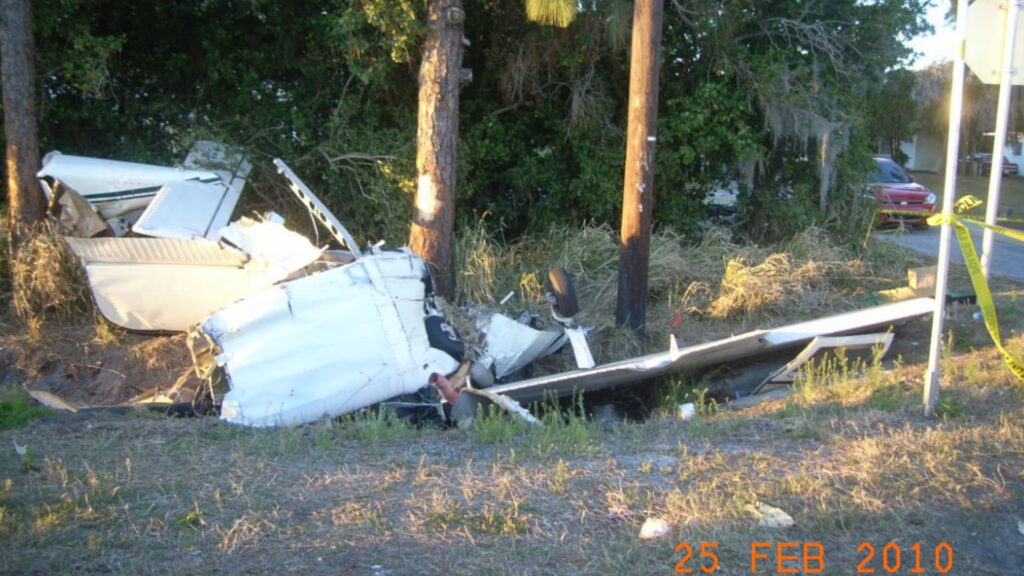



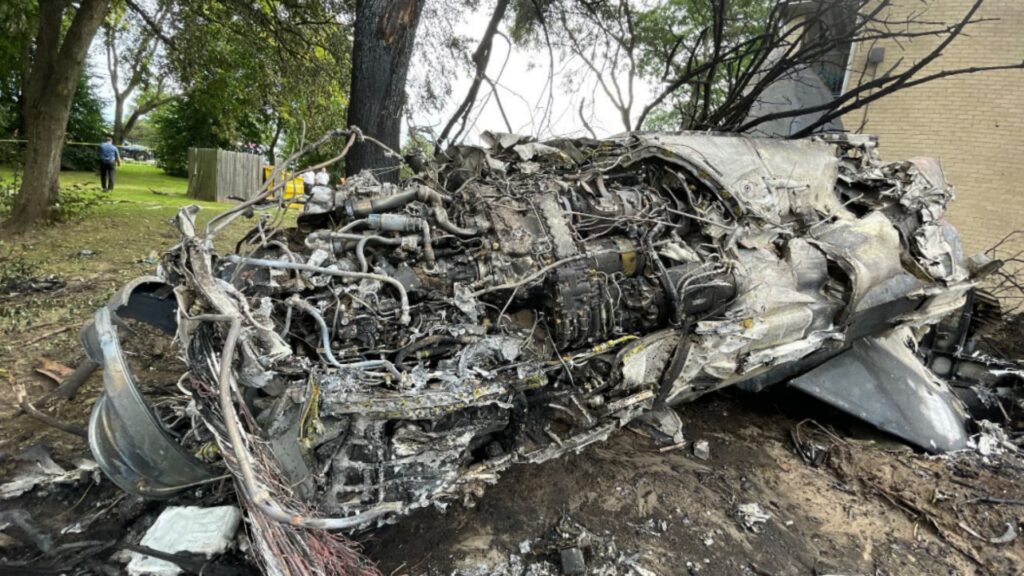
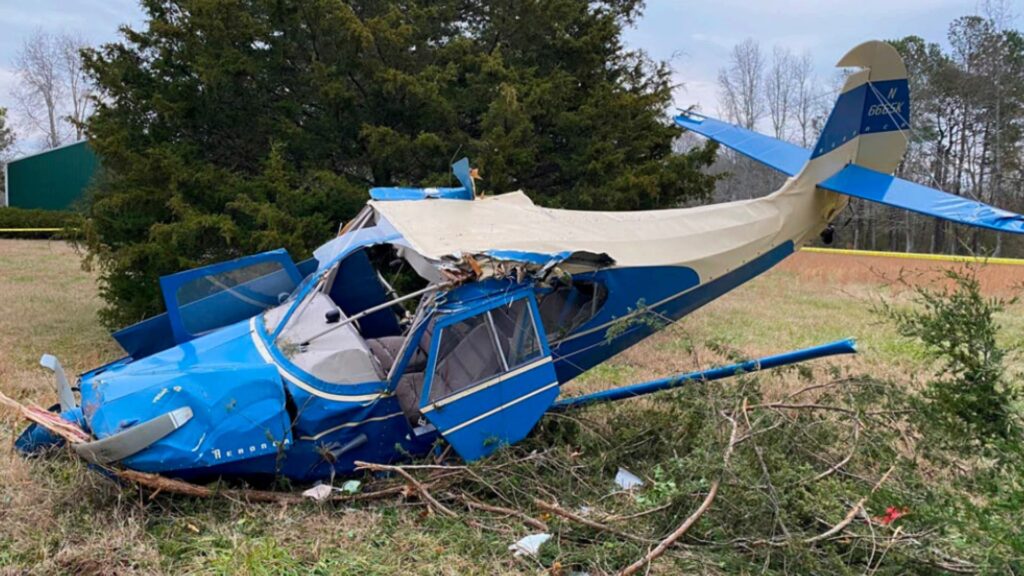


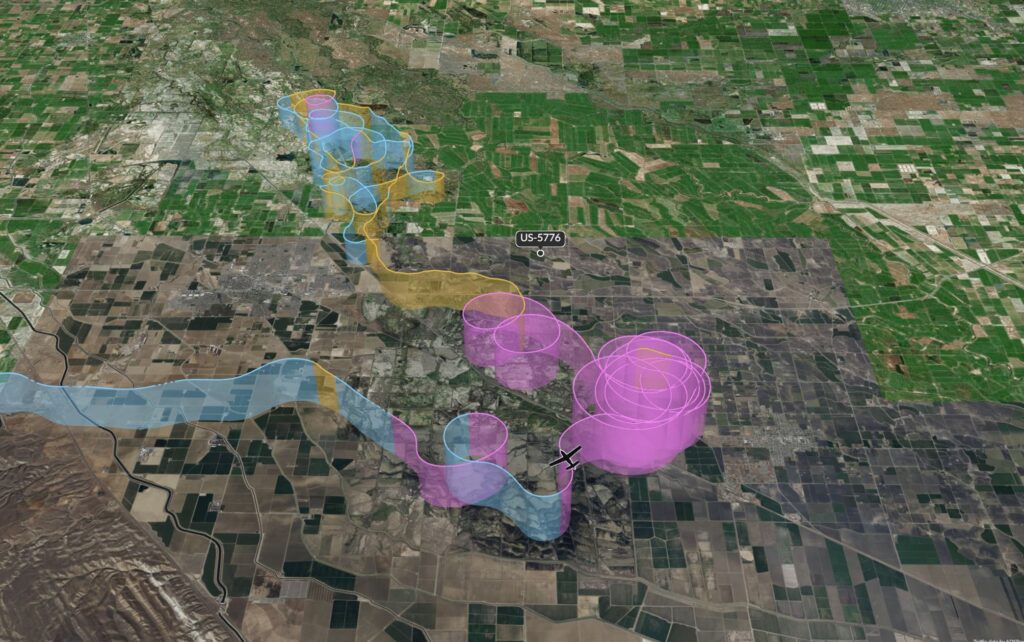
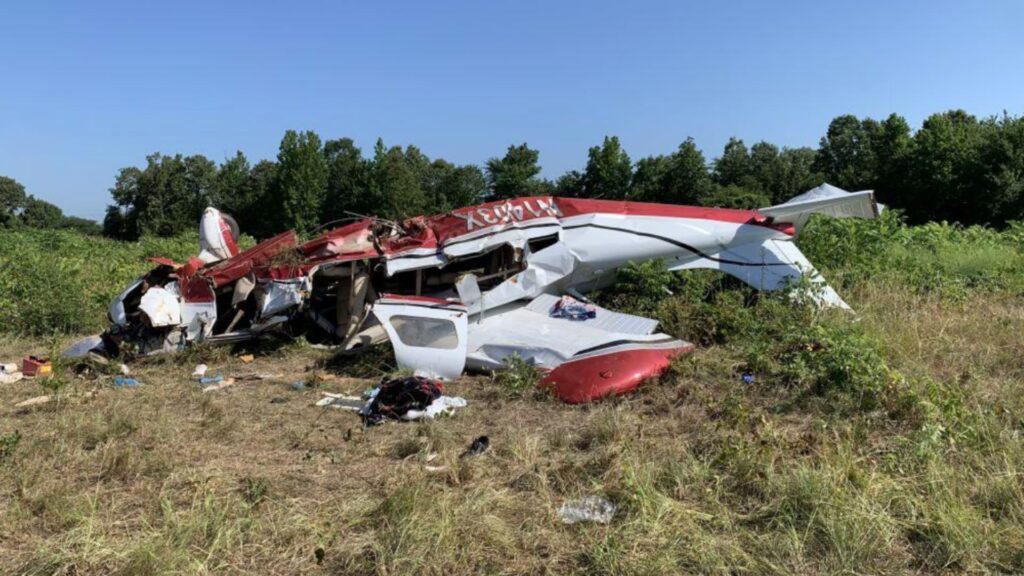
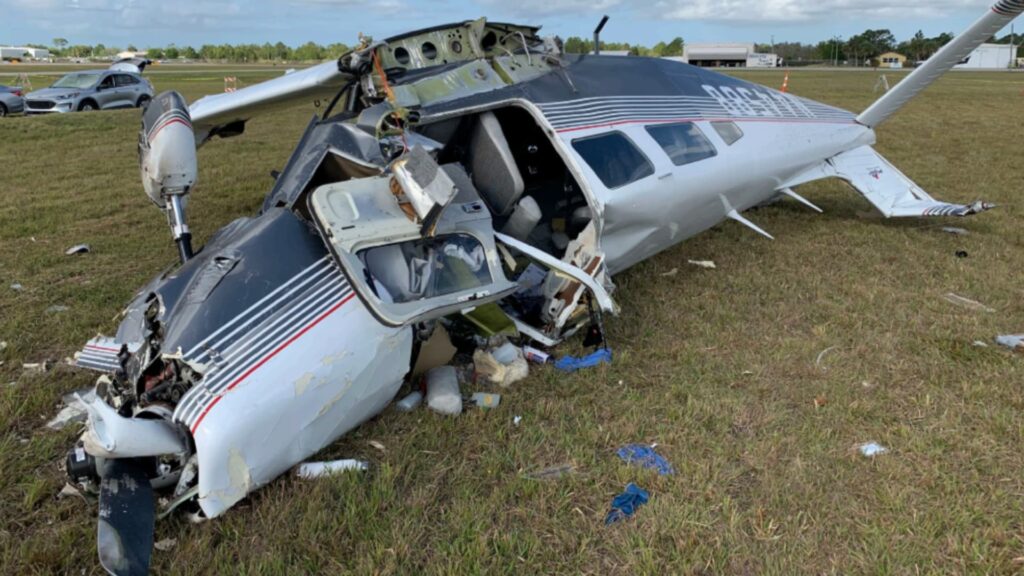
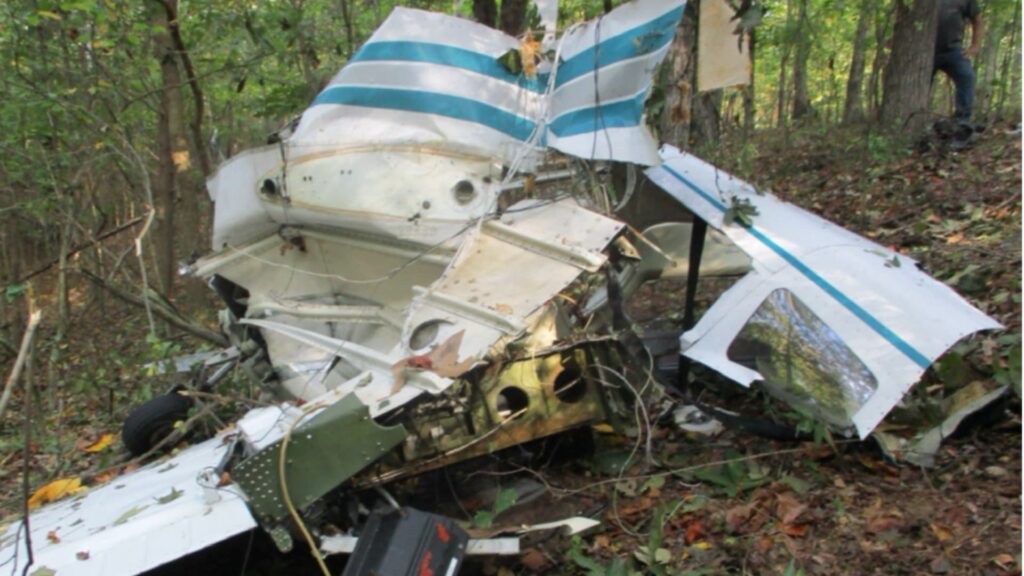
3 Comments
If familiarity breeds contempt, unfamiliarity in the airplane world will sometimes be fatal. Good Debrief.
Always check the killer items one last time before pushing the throttles up for takeoff. In a low wing piston it typically includes fuel selector selected to a tank with fuel, mixture rich (generally), and boost pump on, along with controls free and correct. Not much else is likely to kill you. In an airliner I always check flaps and trim before starting the takeoff roll, but those aren’t huge issues in SE GA aircraft.
“The NTSB identified the probable cause as the pilot’s improper placement of the fuel selector valve during takeoff and his failure to maintain adequate airspeed following the engine failure”.
DURING takeoff??
How did the NTSB determine that?
Maybe true, as it’s hard to believe there’s enough fuel in the carb bowl to sustain the engine for start/taxi/runup.
Who the heck flips the fuel selector valve DURING takeoff?
Wow…